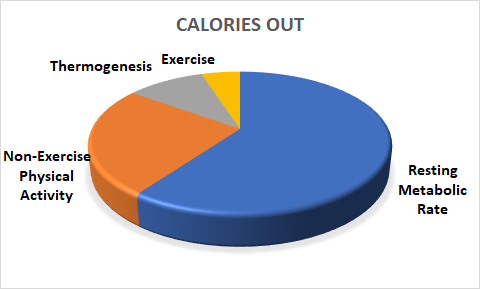I’ve been watching videos from Dr. Michael Greger’s nutrtionfacts.org website for the past two-and-a-half years. As noted in an earlier post, I’m impressed by Dr. Greger’s passion and integrity as well as the rigor with which he tackles nutrition research. So, I purchased his latest book – How Not to Diet: The Groundbreaking Science of Healthy, Permanent Weight Loss – as soon as it was published.
Given scads of diet books on the market, Dr. Greger set out to produce something unique – an evidence-based diet book for which the author had no personal financial incentive. (He donates all of the proceeds to charity.) It’s a 570-page tome jammed-packed with all kinds of valuable information and backed up by nearly 5,000 citations of scientific articles. (The team actually reviewed 500,000 peer-reviewed scientific publications to support this book!)
Here are a few of the attention-getting statistics that introduce the core of his content:
 While the diet industry rakes in $50 billion per year in revenue, it’s plagued by a gaggle of “fake news.” All too often, the profit motive supersedes well-researched, unbiased academic scholarship.
While the diet industry rakes in $50 billion per year in revenue, it’s plagued by a gaggle of “fake news.” All too often, the profit motive supersedes well-researched, unbiased academic scholarship.- Seventy-one percent of Americans are overweight; 40% are classified as obese. Perhaps even more startling, 90% of Americans are overfat. (That is, a lot of thin people have too little lean muscle mass!)
- The rise in daily caloric intake more than accounts for our obesity epidemic. The U.S. produces 3,900 calories of food per person per day – far more than we need to sustain normal body weight.
- Taste engineers in food processing companies strive to make their foods irresistibly desirable by tapping into the addictive properties of sugar, fat, and salt. Dr. Greger refers to their products as C.R.A.P. – i.e., Calorie Rich And Processed food.
- The average child may watch upwards of 10,000 ads for C.R.A.P. foods in the course of a year.
- Failure to turn the tide of obesity isn’t a matter of personal willpower. It also reflects a lack of political will. Food lobbyists influence government policy and work to suppress the stark truths about their products. Moreover, the sugar, fat, and meat industries receive substantial governmental subsidies.
- The per capita lifetime cost of obesity (including lost productivity) equals ~$200,000.
- Four million deaths annually can be traced to excess body fat.
The foregoing may not surprise you. But here’s a fact that probably will: Caloric intake, not physical activity, predicts weight gain. Moreover, the power of your genes is nothing compared to the power of your fork. Say what?
Body fat accumulates when Calories IN consistently tops Calories OUT. So how do we burn calories?
- Our resting metabolic rate consumes 60% of our calories. It’s what we need to feed all of our cells and manage all of our bodily functions.
- Twenty-five percent of our calories get used up supporting non-exercise physical activity – e.g., walking, hoofing up and down stairs, gardening, housework, cooking, etc.
- Another 10% of our calories get used for thermogenesis, which is just a fancy word for the effort it takes to process food into usable substances (and eliminate the rest).
- The remaining 5% gets burned off during exercise.
But wait – what about all those elite athletes who burn thousands of calories during their workouts? Sure – their Calories OUT equation looks a whole lot different from the Average Joe. But here are all the ways the Average Joe thwarts the benefits reaped by exercise:
- Rewards self with a sugary protein bar immediately after working out
- Adds more calories to daily consumption than gets burned off by exercise under the guise of increased appetite
- Spends more time as a couch potato, thereby dialing down the burn available through non-exercise physical activity
Exercise most assuredly adds years to our lives and life to our years by stimulating our cardiovascular system, building strong bones and muscles, and increasing our flexibility and agility. But we can’t hang our weight loss hats on this strategy alone. We must watch what we eat AND make sure we’re getting sufficient non-exercise activity. (Just move!)
In my next post, I’ll cover Dr. Greger’s 17 key ingredients for a successful weight loss program.
